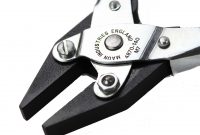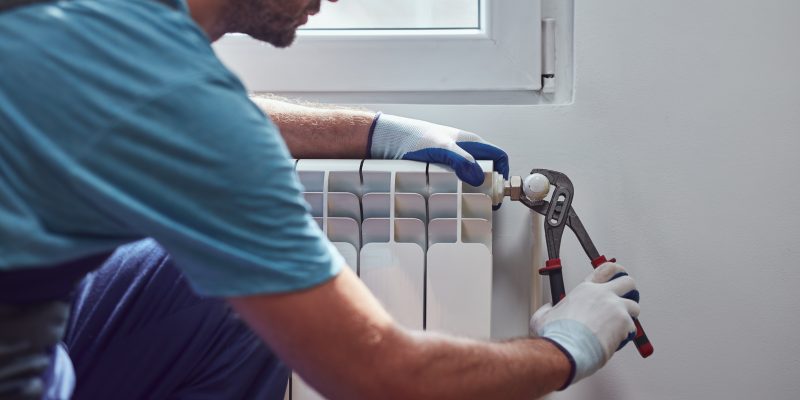Homeowners with the right skills and knowledge prefer to tackle their home improvement projects. This helps them save hundreds to thousands of dollars.
Regardless of what kind of DIY project you have, the right tools can ensure that you perform and complete the job correctly. And one of the most fundamental tools you should have in your toolbox is a pair of pliers.
Did you know that there are different types of pliers out there? This article enumerates some of the most common types of pliers you should consider adding to your arsenal.
- Parallel Pliers

Parallel Pliers from Maun
If you’ve ever been frustrated with traditional scissor-type pliers slipping and having a poor grip, then you should swap to parallel pliers. They use parallel-action jaws, which means they grip evenly across your target, instead of pinching onto a small surface area. Maun parallel pliers are UK-made, and have a very high force multiplier, helping you save energy while working.
2. Slip Joint Pliers
Slip joint pliers get their name from their slip joint. Instead of pivoting from a fixed rivet, slip joint pliers feature an adjustable pivot point, allowing the pliers to shift and extend the range of their jaws. As a result, these pliers can grip varying thicknesses of materials.
This type is one of the more general kinds of pliers and works well in various gripping applications. Depending on their features and design, you can also use them for crimping metal, bending and holding materials, cutting wire and soft nails, looping wire, and working with nuts.
3. Water-Pump Pliers
More commonly known as tongue-and-groove pliers, water pump pliers are closely similar to slip joint pliers. The only difference is that water-pump pliers have wider jaw openings, making them suitable for holding thicker materials and objects, such as pipes and plumbing. Furthermore, water-pump pliers feature an angled head to reach access to plumbing pipes located in smaller areas.
In addition to plumbing work, some pairs of water-pump pliers also have designs like serrated mouths, which allow you to catch and remove screws.
4. Lineman’s Pliers
Lineman’s pliers are among the most versatile types of pliers. Also known as electrician’s pliers, lineman’s pliers are more commonly used for twisting and cutting lines used to connect electric wires.
Like most pliers, a pair of lineman’s pliers hinge at a pivot point. Thus, working the handles causes the jaws to close or open. In general, the jaws feature shallow serrations to provide a firm grip, particularly on flat materials such as sheet metal.
While these pliers are sold in different sizes, with lengths ranging from 5–10 inches, the 8-inch size is a favorite among DIYers. Since they’re mainly used for electrical works, most lineman’s pliers feature plastic grips to protect against electrical shocks.
5. Locking Pliers
As the name implies, locking pliers are best used for clamping down materials, especially during times when you need both hands free. Locking pliers boast a double-lever action, which allows them to serve as a hand-held vise. They feature a screwdriver at the end of the handle, allowing you to adjust the opening width of the jaws. Due to their locking power, these pliers can be used in place of an adjustable wrench, pipe wrench, or clamps.
Locking pliers are produced in several different sizes and configurations. Some types of locking pliers can have serrated jaws, while others feature straight jaws. You can also find them in various lengths ranging from 4–12 inches. You may find models with curved haws as well as smooth-jaw, flat-jaw, long-nose, and C-clamp configurations.
6. Needle-Nose Pliers
Needle-nose pliers are essentially small-scale lineman’s pliers, featuring long, tapered jaws. Since they are smaller, needle-nose pliers are well-suited for working with wires in confined spaces, such as electrical boxes, but they can still be useful for holding and bending metal fittings.
Also called radio pliers, these pliers are also used for working with small washers, nuts, or other pieces that require accurate placement often out of your finger’s reach. Take note that needle-nose pliers are not suitable for heavy-duty work. Using this tool for more demanding tasks can cause the jaws to bend or break.
Takeaway
Every pair of pliers has its own function. Some pliers have multiple functions, allowing you to do a broad range of tasks. Others are specially designed to handle specific applications. By understanding the different types of pliers, as mentioned above, you can get the best pliers that correspond to the requirements of the DIY project you’re engaged in.




















